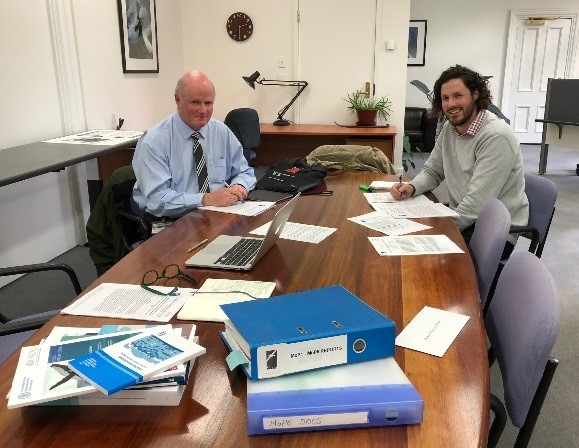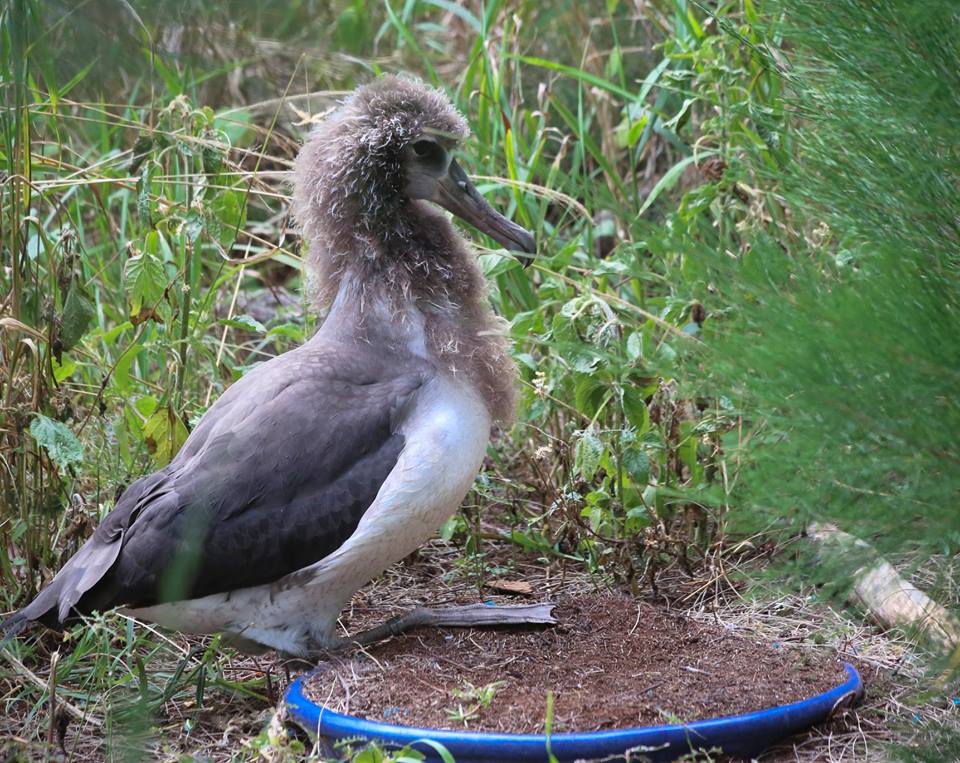Graham Robertson (Kingston, Tasmania, Australia) and colleagues have published in the journal Biological Conservation on how underwater setting can improve the conservation status of fisheries-affected seabirds.
The paper’s abstract follows:
For many decades pelagic longline fisheries have been responsible for the deaths of large numbers of seabirds worldwide. Baited hooks deployed onto the sea surface attract seabirds to fishing vessels leading to attacks on baits, capture and death by drowning. An alternative is to deploy baits underwater where they are less detectable, more difficult to reach and less likely to be taken by seabirds. In 2010 and 2012 proof-of-concept experiments were conducted in the Uruguayan pelagic longline fishery with a newly developed device designed to set baits underwater. The experiments examined the differences between setting baits at the sea surface and setting baits underwater with regard to the abundances of seabirds following the vessel, incidences of attacks on baits and mortality. Underwater setting led to marked reductions in the numbers of seabirds following the fishing vessel and attacks on baits, the behavioural precursors to mortality. Mortality rates of seabirds on baits set to the relatively shallow depth of 4 m were 87% lower than on baits set at the surface. No seabirds were caught on baits released 10 m underwater, a reduction of 100% compared to the surface setting mortality of 11.6 birds/1000 hooks. No differences were detected between the two setting methods in the catch rates of target and non-target fish species. The evidence from the experiments, combined with the known dive depths of the white-chinned petrel (Procellaria aequinoctialis), a deep diving, difficult-to-deter species, suggests that baits released 10 m underwater could reduce the incidental mortality of albatrosses and petrels to negligible levels”.

Solving the problem underwater? A hooked White-chinned Petrel, photograph by Nicolas Gasco
Robertson, G., Ashworth, Phillip, Ashworth, Peter, Carlyle, I., Jiménez, S., Forselledo, R., Domingo, A. & Candy, S.G. 2018. Setting baited hooks by stealth (underwater) can prevent the incidental mortality of albatrosses and petrels in pelagic longline fisheries. Biological Conservation 225: 134-143.
John Cooper, ACAP Information Officer, 02 August 2018

 English
English  Français
Français  Español
Español 


